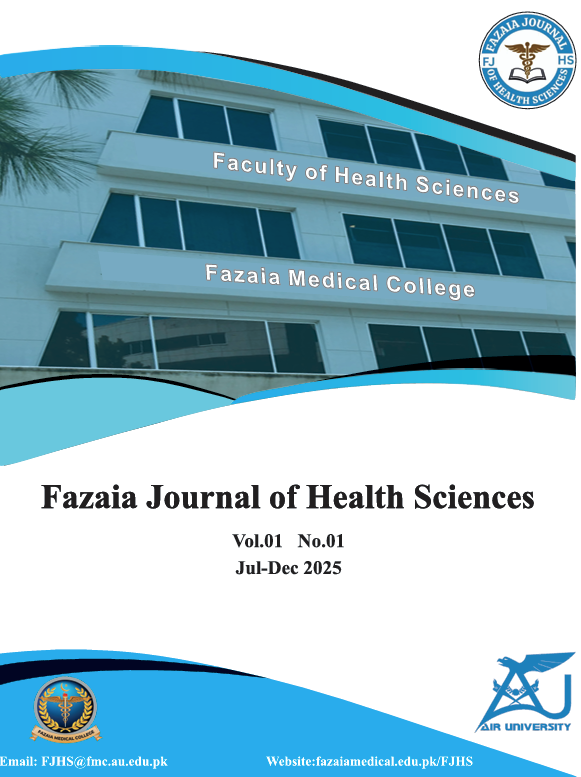Artificial Intelligence for Supply Chain and Survival in Biological and Climatic Health Emergencies
Main Article Content
Abstract
Low- and middle-income countries continue to grapple with the challenges of demand forecasting, managing stock, and providing access to essential commodities on a timely basis. Our engagement in Pakistan has been active since 2009, when we started developing country's health supply chain infrastructure with the design and implementation of the Vaccine Logistics Management Information System (VLMIS) for national and provincial entities of Expanded Programme on Immunization (EPI). We have systematically incorporated Artificial Intelligence (Al), business intelligence and machine learning (ML) into vaccine preventable infectious diseases (VPID) and supply chain processes over the past eleven years. This vision paper delineates how we aim to incorporate AI into the science of implementation, with a keen eye on integrating AI into the real world, stakeholder co design, and continuous performance optimization. Using examples of case studies, such as supply chain and logistics for the sciences of preventing Measles and Polio re-emergence of 2012-13, and loss of $3.4 million pentavalent vaccine in 2015, forecasting and quantification of PPE (personal protective equipment) and vaccines in 2022, design and deployment of Pakistan's first Travelers Surveillance Information System. We contributed to strengthening the backbone of health systems notably international standards of supply chain strategic planning, procurement and forecasting and supply planning (FASP), commodity security, workforce management, warehousing, storage and distribution planning and execution. The latest Al-based contraceptive forecasting in Balochistan, Gilgit-Baltistan, AJ&K and Islamabad and vaccine demand forecasting in Pakistan, we can illustrate how practical AI can enhance global health security, pandemic preparedness, and health response to emergencies. In parallel, academic collaborations, especially through the Applied AI in Healthcare course (BMES-826) at National University of Science and Technology (NUST), have involved graduate students in forecasting models, optimization models, and early-warning systems based on real-time data. Such scholarly training has been used to inform operational planning and built local technical capacity on AI in health supply chains. This framework places AI not as an independent innovation but a ubiquitous system-wide enabler, aligning data science with operational conditions to produce resilient, proactive, and equitable health systems.
Article Details
Section

This work is licensed under a Creative Commons Attribution-NonCommercial 4.0 International License.
Copyright and Licensing:
All articles published in FJHS are licensed under the Creative Commons Attribution-NonCommercial 4.0 International License (CC BY-NC 4.0). This license permits use, distribution, and reproduction in any medium, provided that the original work is properly cited and used for non-commercial purposes only.
For more details, please visit: https://creativecommons.org/licenses/by-nc/4.0/

